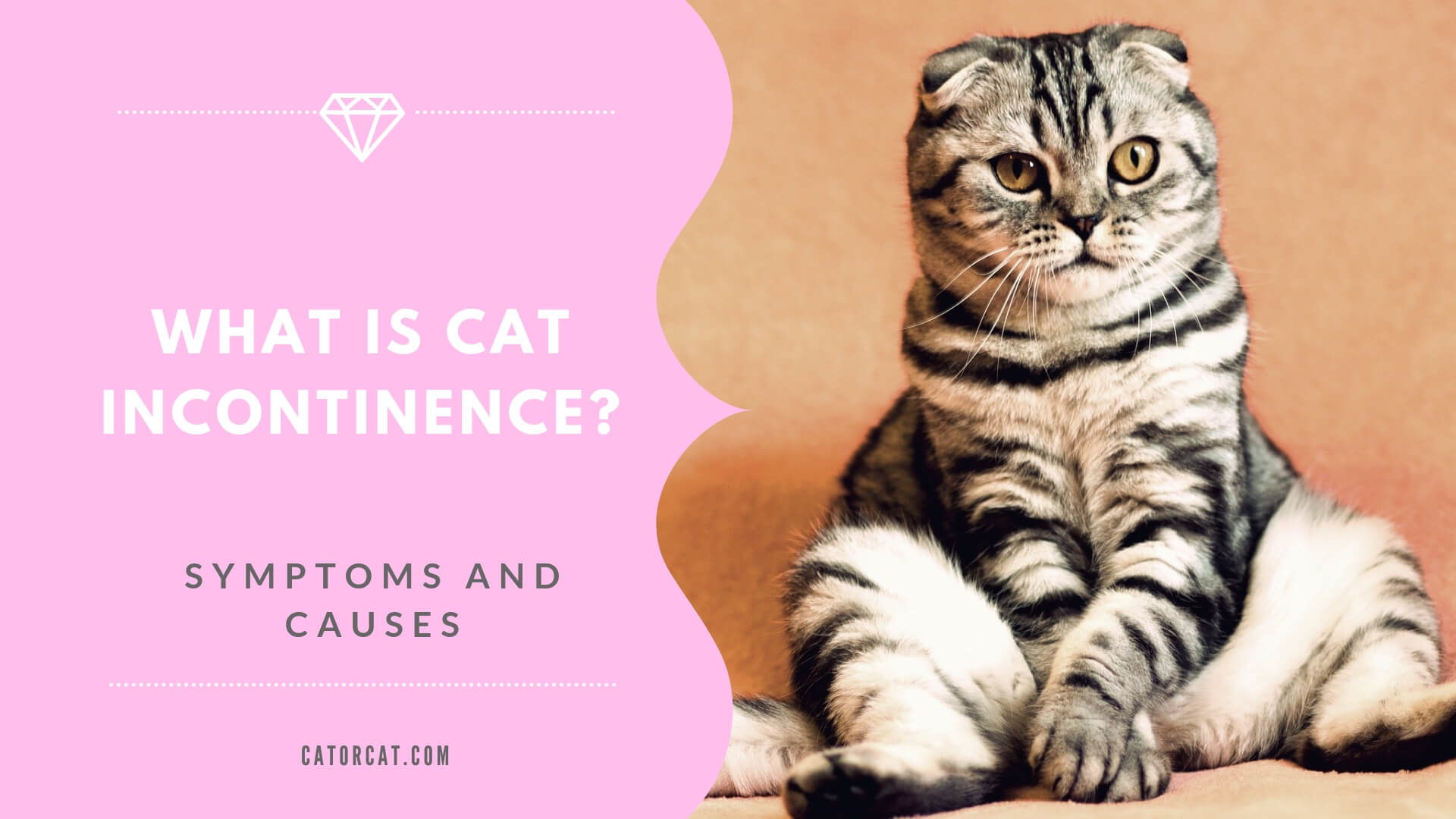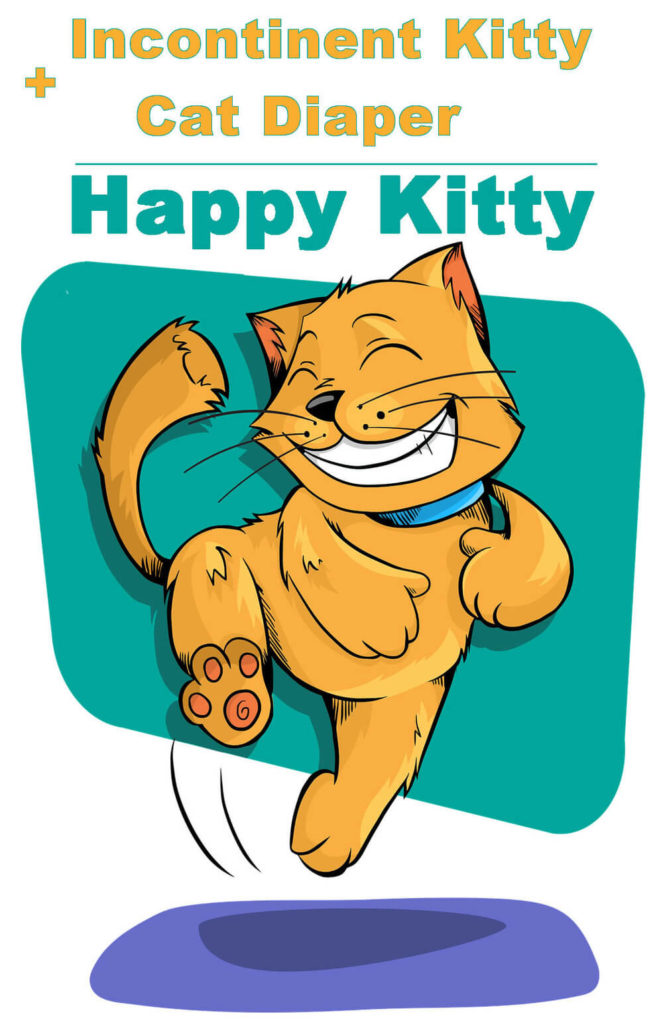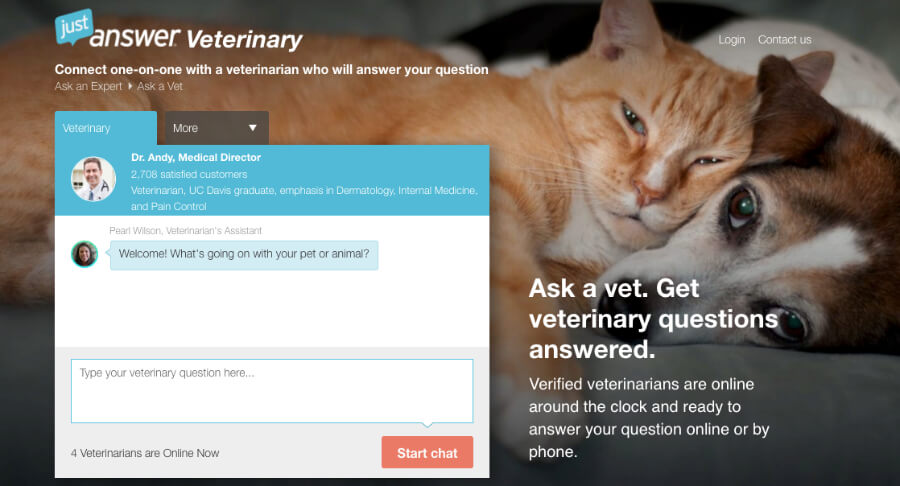 The condition is defined by a cat’s inability to control its bladder. The condition is involuntary or uncontrollable, with no conscious effort from your pet. Therefore, reprimanding them or attempting to punish them is futile since the condition is medical rather than behavioural. It is also important to note that the purpose of this article is to give you a guide on urinary incontinence in cats. A second type of incontinence involves a cat’s inability to control the relief of fecal matter or bowel, and involves an entirely different topic. Cat urinary incontinence usually occurs with middle-aged, old-aged, or large cat breeds. Most often, the causes involve an impaired bladder or a urinary tract obstruction. Urinary accidents can range from small urine leaks or dribbling, to large amounts or puddles of urine.
The condition is defined by a cat’s inability to control its bladder. The condition is involuntary or uncontrollable, with no conscious effort from your pet. Therefore, reprimanding them or attempting to punish them is futile since the condition is medical rather than behavioural. It is also important to note that the purpose of this article is to give you a guide on urinary incontinence in cats. A second type of incontinence involves a cat’s inability to control the relief of fecal matter or bowel, and involves an entirely different topic. Cat urinary incontinence usually occurs with middle-aged, old-aged, or large cat breeds. Most often, the causes involve an impaired bladder or a urinary tract obstruction. Urinary accidents can range from small urine leaks or dribbling, to large amounts or puddles of urine.
Cat Incontinence Symptoms and Causes
If you’re unsure whether or not your cat may be suffering from the condition, these are the symptoms that need to be taken at look at:
- small dribbling of urine on the floor or on furniture
- wet hair on their lower abdomen area or rear legs
- moist area around the penis or vulva
- wet spots on their sleeping area
- inflammation of the skin around genitals
- leaking urine – involuntary
 If your kitty shows any of these symptoms, then he or she may be suffering from cat incontinence. To understand the causes, here are the most common ones:
If your kitty shows any of these symptoms, then he or she may be suffering from cat incontinence. To understand the causes, here are the most common ones:
1. Obesity
Cats who have diabetes due to obesity may drink water excessively, leading to frequent accidents.
2. Birth Defects or Underdevelopment of the Bladder
Symptoms occur at birth and continue as the kitten develops.
3. Bladder Stones
This occurs when minerals combine and form masses of crystals that irritate the lining of the bladder. This causes pain in urination leading to more accidents.
4. Chronic Inflammatory Disease
This leads to UTI or urinary tract infection which causes scarring of the bladder. UTI can alter the amount of urine storage and may cause frequent urination.
5. Neutering
When your cat is spayed or neutered, estrogen or testosterone is no longer available, which are the necessary hormones that help to close the external urethral sphincter. Therefore, neutering can cause urine dribbling. Other causes include lesions on the spinal cord (injury), lesions on the brain, disruptions of the nerves around the bladder, and pressure on the bladder caused by a mass such as a tumor. Problems with the bladder often are caused by an impaired bladder or from some kind of obstruction in the bladder. Disorders of this type are referred to as incontinence. Incontinence is most likely to affect middle-aged to older cats and large cat breeds.
Cat Incontinence Treatment Options
The treatment plan will depend on the cause of the condition. Diagnosis occurs when you take your pet kitty to the vet and have him or her undergo tests and lab exams. Most of the time, the vet will prescribe certain medications, which you can administer at home. Other options include proper care and hygiene, as well as surgical procedures. If left untreated, certain causes may lead to partial or complete obstruction and can prevent your cat from urinating. If this occurs, it is considered to be a medical emergency since it can lead to kidney failure or rupture of the bladder. Here are 5 of the most common treatment options available:
1. Conventional Treatments
These include prescription medication and the use of maintenance supplies such as diapers. If the cause of the condition is sphincter mechanism incompetence, your pet feline can be treated with drugs such as phenylpropanolamine. If the condition is an over-active bladder, smooth muscle relaxant drugs can be given.
2. Herbal Options
Herbs like Ginkgo Biloba and St. John’s Wort have been known to help alleviate the symptoms of urine incontinence.
3. Changes in Diet
In mild cases, changes in diet can significantly help to ease the condition. A diet of kale, parsley, seaweed, and grain-free foods can be helpful.
4. Natural Options
Natural options can include homeopathic treatments, as well as reducing the cat’s stress levels at home. Hormone therapy such as testosterone injections can be done on neutered male cats.
5. Surgical Options
The removal of obstruction and correction of birth defects can be done surgically to correct cat incontinence. For ectopic ureters, it can be treated with surgical repositioning, while a cystostomy tube can be surgically placed to allow manual drainage of your cat’s bladder in cases of bladder stones and UTI.
How to Manage at Home
As your pet cat is undergoing treatment, there will still be instances of little accidents and incidents. To manage, there are some things that you can do to ease the burden.Most cats respond well to medication so the first on your list is to stop worrying. Relax and trust that your kitty’s condition will get better. Here are some tips to managing at home:
- Allow your cat free access to clean water
- Allow your cat frequent opportunities to urinate. Diapers or a pad on his or her spot or sleeping area is a great idea
- Follow up with your vet for check-ups, exams, and scheduled urinalysis tests
- Monitor your pet’s condition every now and then. Just because he or she may be on medication or recently had surgery, doesn’t mean they’re 100% cured
Cat Incontinence Supplies to Stock Up On
There are several supplies that you can stock up on as your pet is going through treatment. These are:
- Cat disposable diapers
- Garment diapers that are reusable, which you can easily wash. These are a more economical option.
- Pads that you can place on your bed, on your pet’s bed, on furniture, and on your pet’s favorite spots. This can be a more comfortable option over diapers.
- Supplements – you can also improve the health of your pet cat’s lower urinary tract with the aid of natural supplements. Mostly found in capsule form and in flavors your cat will love, you can easily mix them with drinks or food.

Conclusion
An incontinent cat doesn’t have to suffer forever and it also doesn’t mean your home and furniture are at your pet’s mercy. Treatments and maintenance are easily available without making drastic changes to your pet cat’s life. Granted, surgery options must be chosen in severe cases but often than not, these are permanent solutions that rid you and your pet kitty from incontinence for the rest of your pet’s life. The best advice is visiting your pet’s vet, who can properly diagnose and provide the proper treatment and advice for long-term care.

